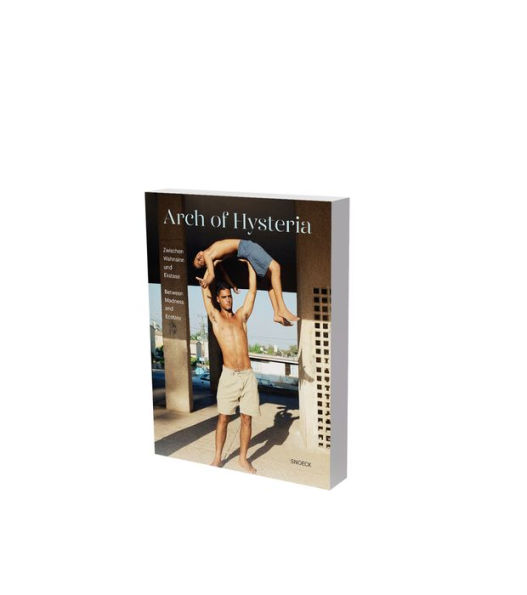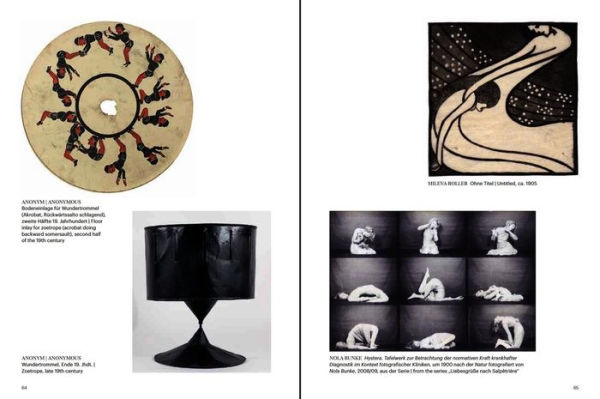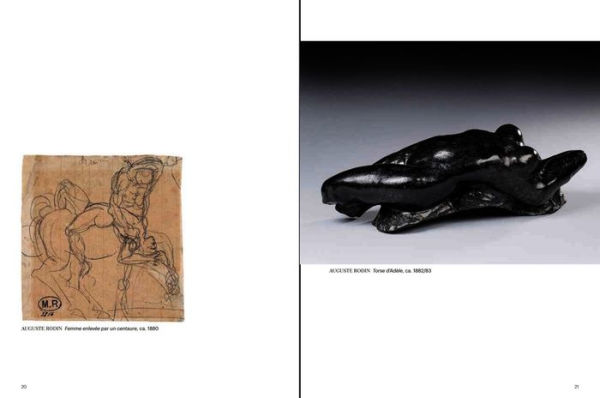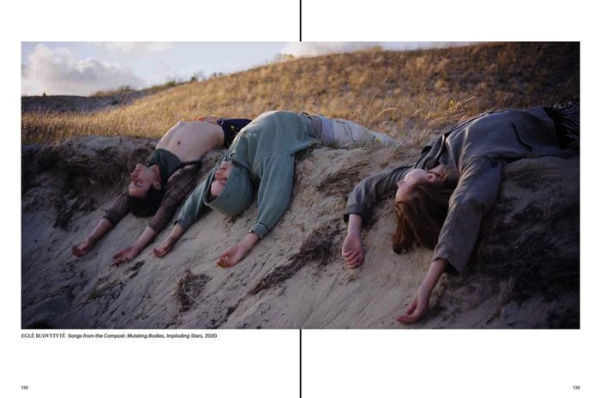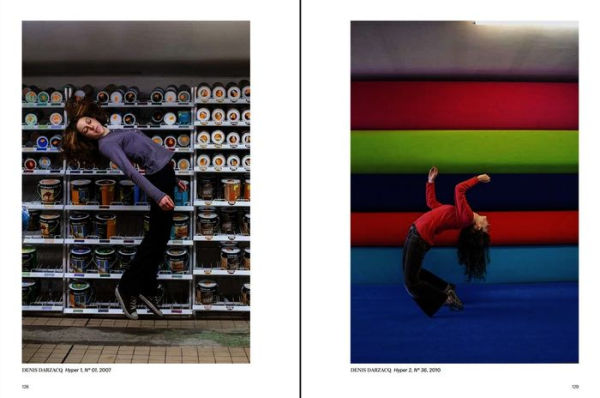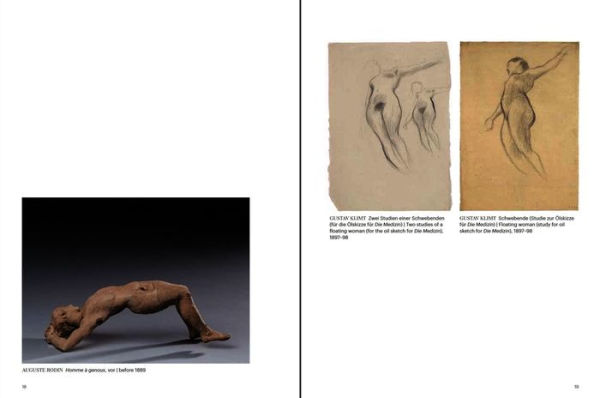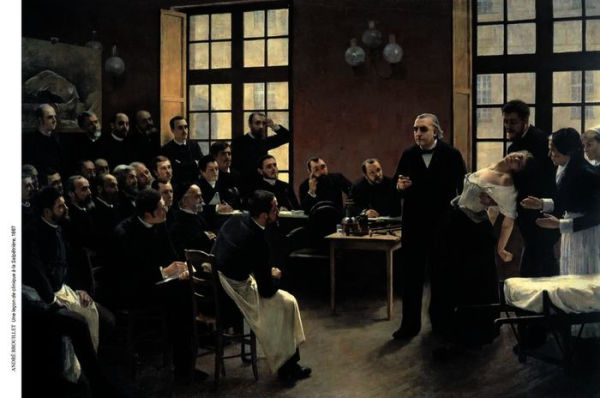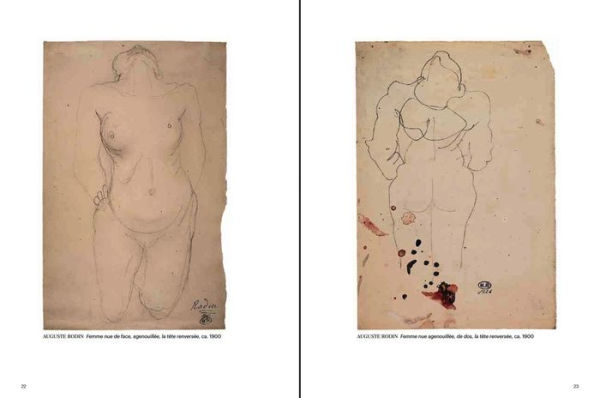Arch of Hysteria - Between Madness and Ecstasy: Cat. Museum der Moderne Salzburg
The » great arc« or » arc de cercle« (Arch of Hysteria) with its ambivalence of loss of control and domination, is a seductive motif that has a long tradition in the history of art and culture. It can be found in representations of dance and acrobatics, though it also describes physical or psychological illnesses: the overextended (female) body expresses ecstatic rapture or even a psychotic disorder, yet in dance it stands for virtuoso body control and expressiveness. With » Arch of Hysteria« , the Museum der Moderne, Salzburg, centers an exhibition entirely on this powerful visual motif. Works of art from the last one hundred years and various contexts, are on display, tracing the variety of expressive possibilities inherent in the pose – to the point of transforming it into abstract, yet expressive and therefore unmistakable forms. The book and the exhibition illuminate the (art) historical roots of the motif as well as current adaptations in painting, drawing, sculpture, photography, and video and performance art. Among the protagonists are Denis Darzacq, Max Ernst, Gustav Klimt, Alfred Kubin, Auguste Rodin, Alexandra Bircken, Louise Bourgeois, Valie Export and many others.
1143880403
Arch of Hysteria - Between Madness and Ecstasy: Cat. Museum der Moderne Salzburg
The » great arc« or » arc de cercle« (Arch of Hysteria) with its ambivalence of loss of control and domination, is a seductive motif that has a long tradition in the history of art and culture. It can be found in representations of dance and acrobatics, though it also describes physical or psychological illnesses: the overextended (female) body expresses ecstatic rapture or even a psychotic disorder, yet in dance it stands for virtuoso body control and expressiveness. With » Arch of Hysteria« , the Museum der Moderne, Salzburg, centers an exhibition entirely on this powerful visual motif. Works of art from the last one hundred years and various contexts, are on display, tracing the variety of expressive possibilities inherent in the pose – to the point of transforming it into abstract, yet expressive and therefore unmistakable forms. The book and the exhibition illuminate the (art) historical roots of the motif as well as current adaptations in painting, drawing, sculpture, photography, and video and performance art. Among the protagonists are Denis Darzacq, Max Ernst, Gustav Klimt, Alfred Kubin, Auguste Rodin, Alexandra Bircken, Louise Bourgeois, Valie Export and many others.
39.95
In Stock
5
1

Arch of Hysteria - Between Madness and Ecstasy: Cat. Museum der Moderne Salzburg
192
Arch of Hysteria - Between Madness and Ecstasy: Cat. Museum der Moderne Salzburg
192Paperback
$39.95
39.95
In Stock

Product Details
| ISBN-13: | 9783864424199 |
|---|---|
| Publisher: | Snoeck Publishing Company |
| Publication date: | 05/06/2024 |
| Pages: | 192 |
| Product dimensions: | 6.50(w) x 8.75(h) x (d) |
About the Author
From the B&N Reads Blog








